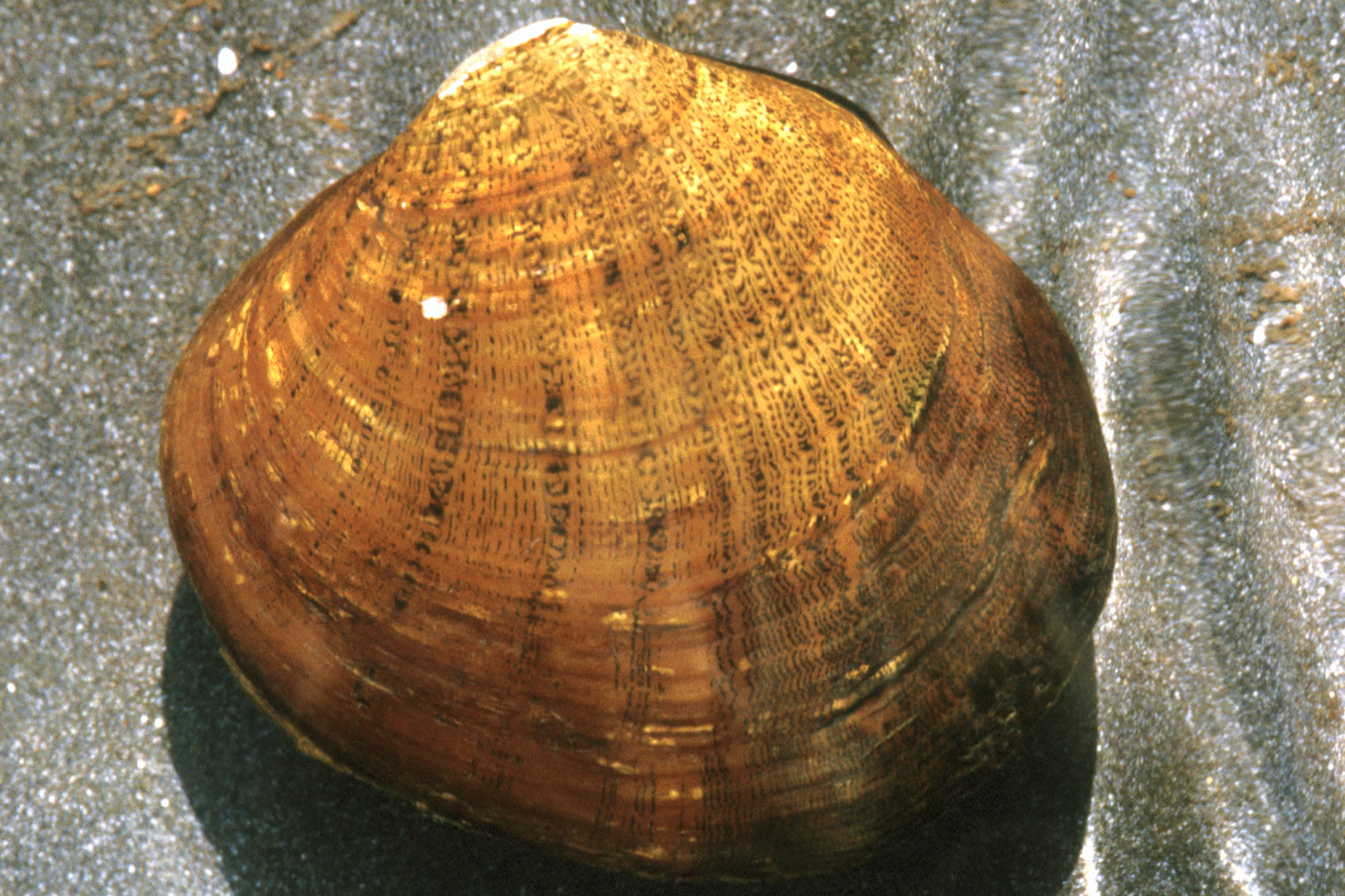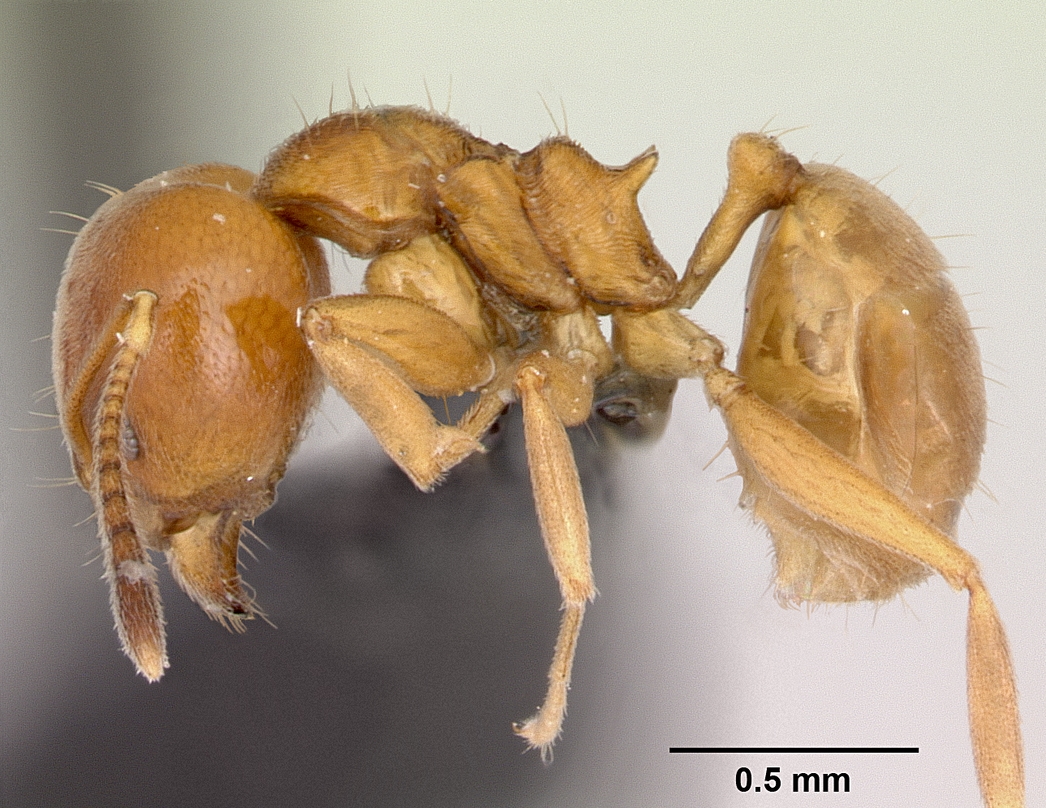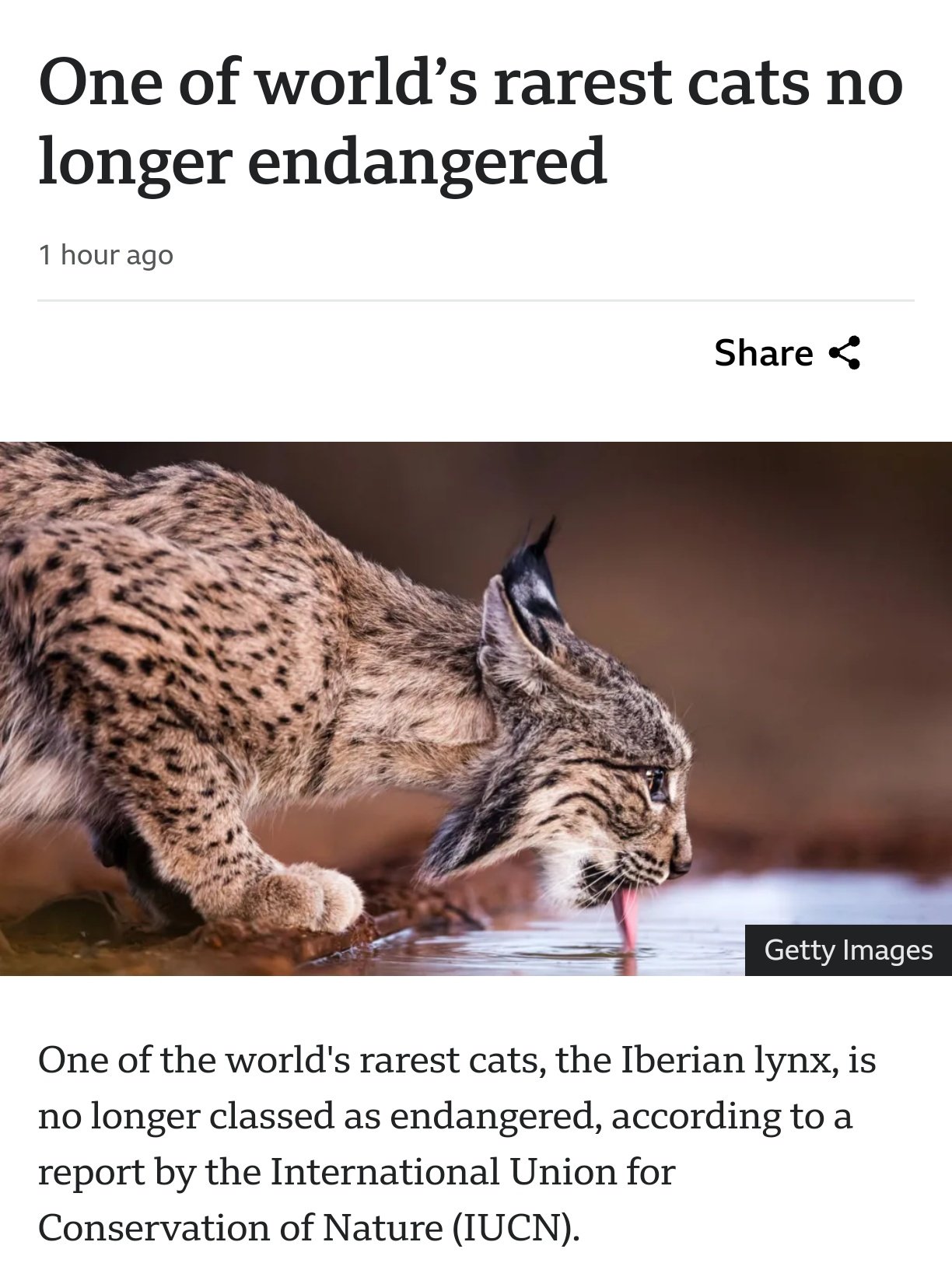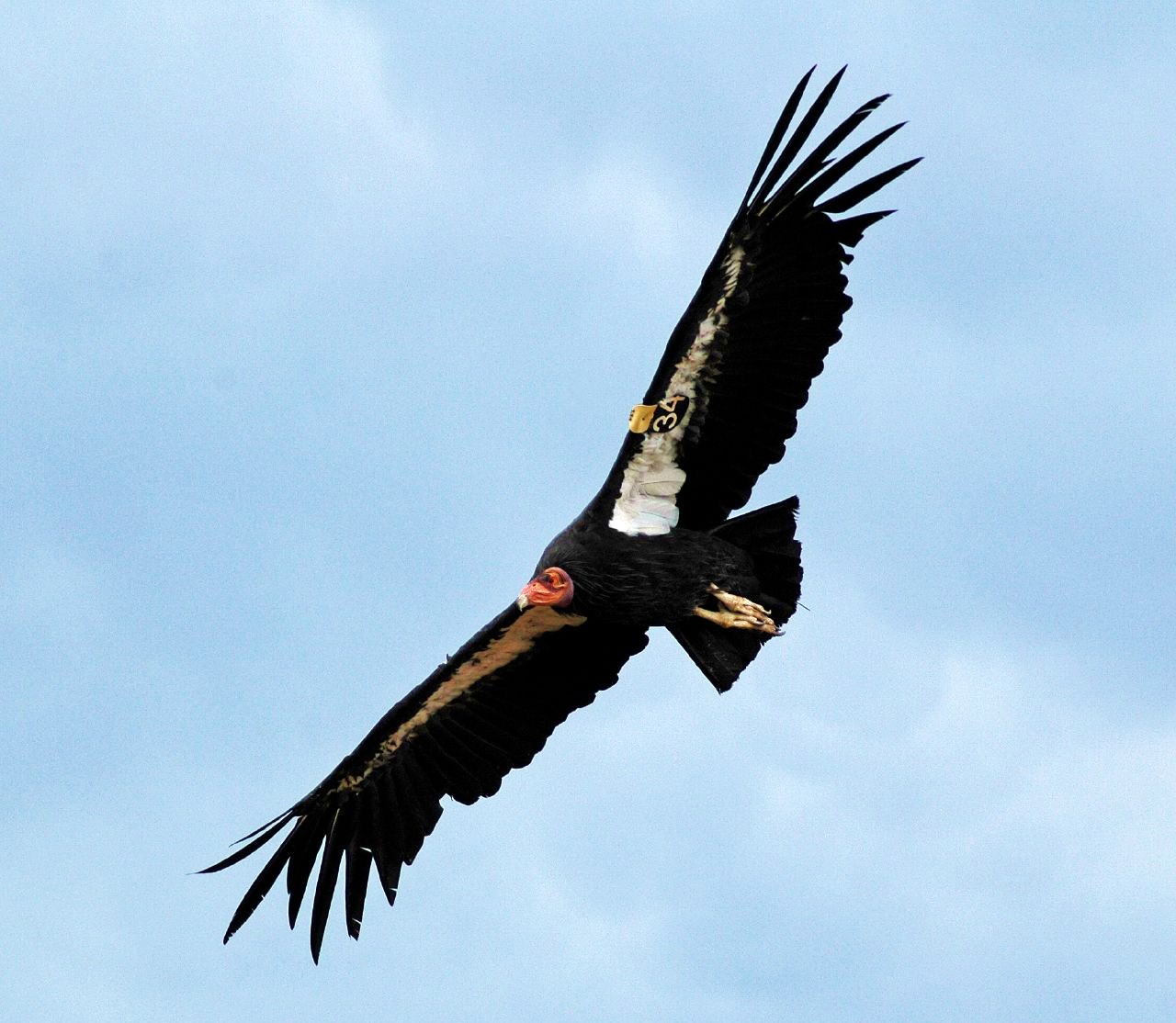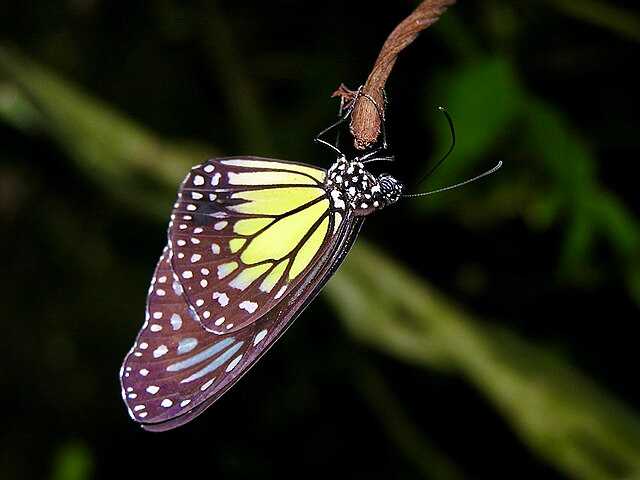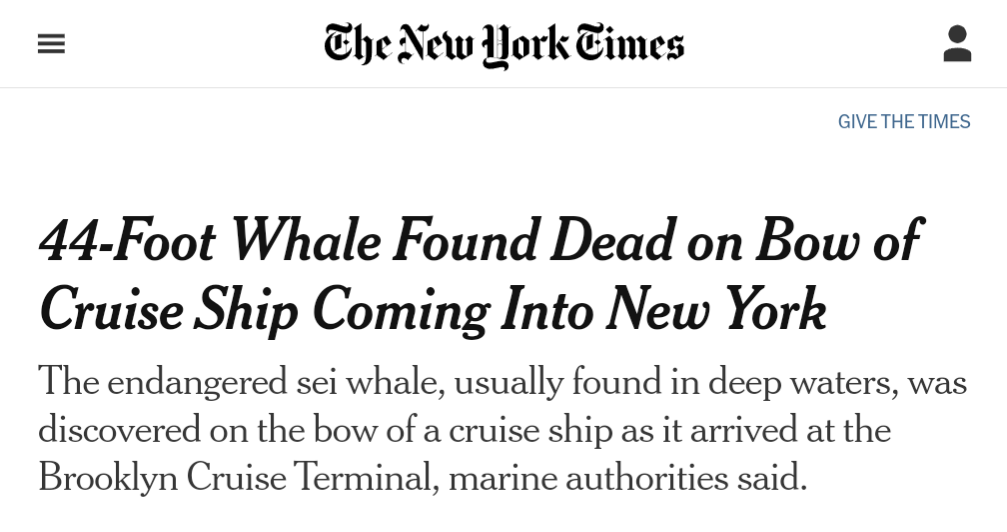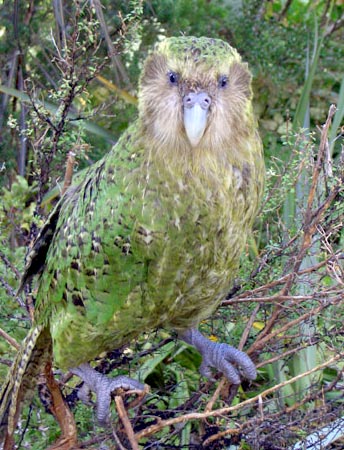Extant, as in Not Extinct.
When adding to this list, please avoid Possibly Extinct ("CR(PE)") and Extinct in the Wild ("EW") species, as well as orange-status Endangered species ("EN"). They should be Critically Endangered ("CR") at time of addition, or the equivalent if the system changes.
Anything that goes extinct resolves NO, everything else resolves YES in 2040. Special cases where that doesn't apply:
Anything that moves to the Extinct in Wild or Possibly Extinct lists and stays there into 2040 resolves 50%
If a species is declared Extinct, is resolved NO, and later resurfaces, it will be unresolved if able
Anything that changes name or taxonomy will be updated to reflect that if possible, and may have resolution changes if necessary from mergers/ splits
People are also trading
@PhilosophyBear thank you for trading on this! I've been reminded this exists and will now resume my old quest to occasionally share tidbits about each species on the market
with no further ado:
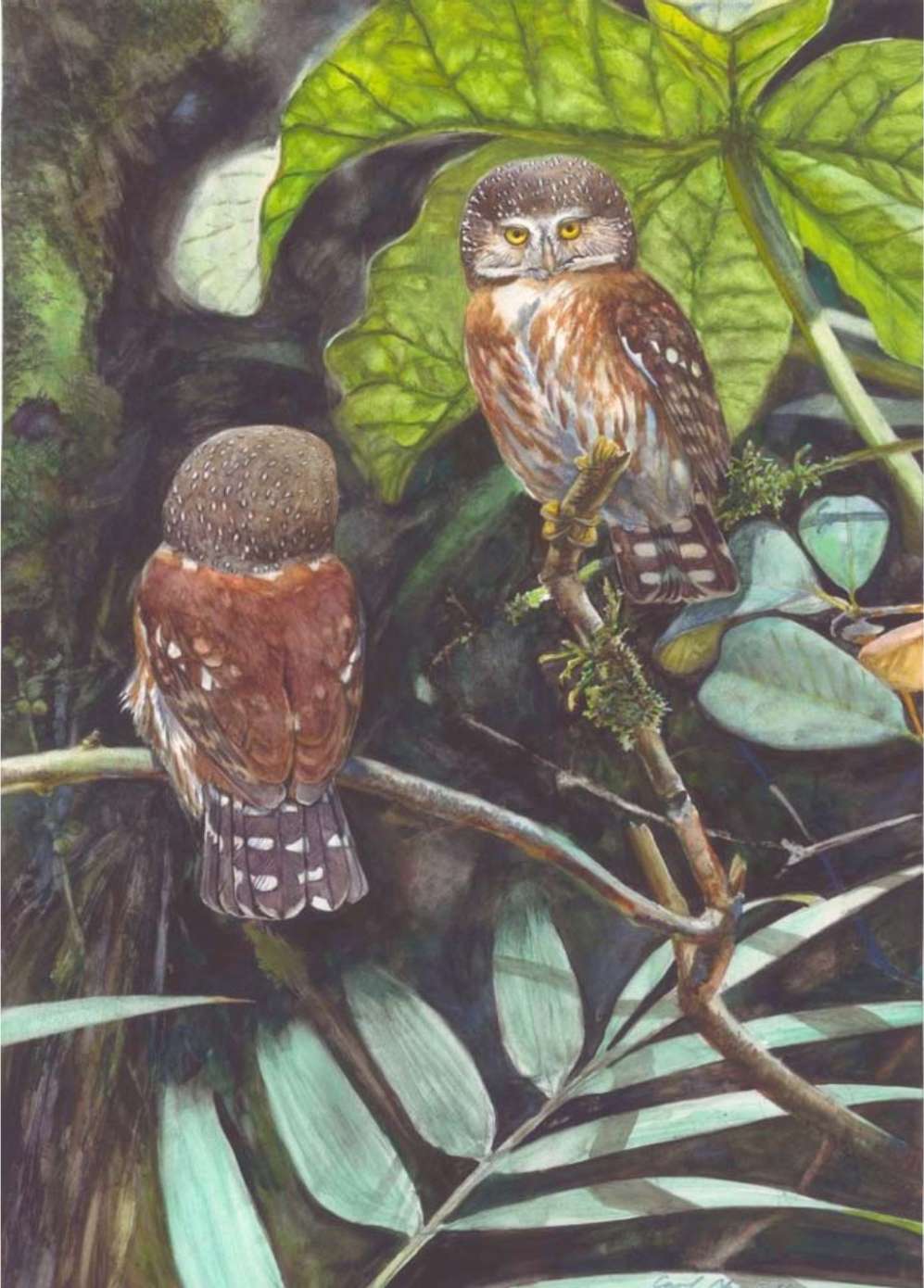
Despite being formally identified as a separate species in 2002, the last live sighting of the tiny Pernambuco pygmy owl, endemic only to a narrow low-elevation band of forest in eastern Brazil, was in 2001. As a recent IUCN release says about this 5-inch bird:
Extensive habitat loss has occurred in the region, and the remaining fragments are small and isolated. Any remaining population is likely to be tiny, to have an extremely small range, and to be declining. For these reasons, the species is listed as Critically Endangered. Following the application of new methods for estimating the probability of a species remaining extant, the species is now considered to be Possibly Extinct.
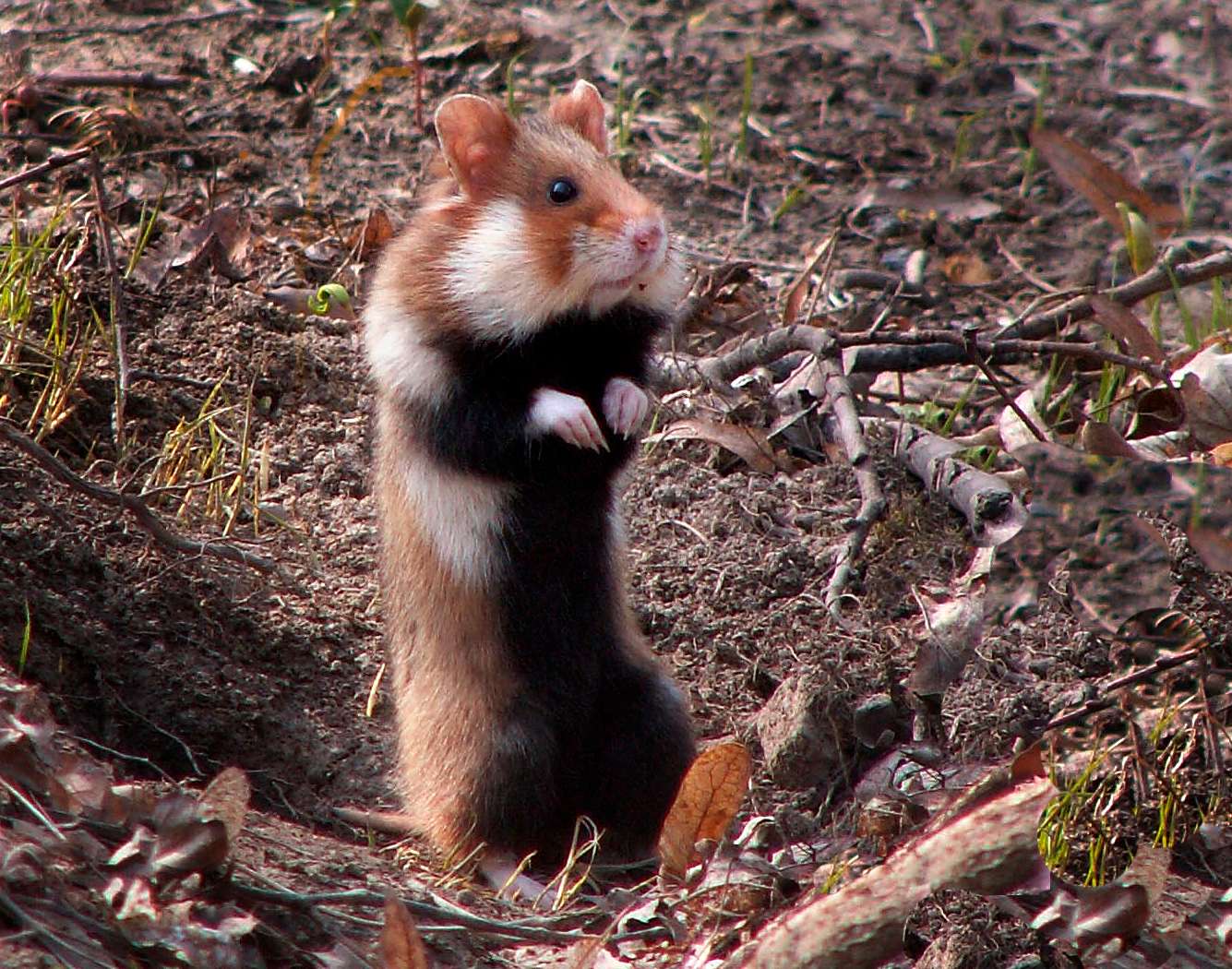
The European hamster has been classified as Critically Endangered due to habitat loss, trapping for furs, and persecution as a cropland pest. This cute bastard tends to live a mostly solitary life, keeping a huge underground hoard of food (usually 2-3 kg, 10x its weight, but up to 65 kg!) prepped for the apocalypse. Or winter. Probably winter.
I'm a big fan of everything nocturnal or vespertine, so this little fucker gets Pat's stamp of approval.
France got fined by the EU for flagrantly ruining this hamster's populations in favor of crops, and now has a program to release more into the wild by paying farmers to Not Farm some fields.
In other news, this hamster is very good at breeding in captivity.
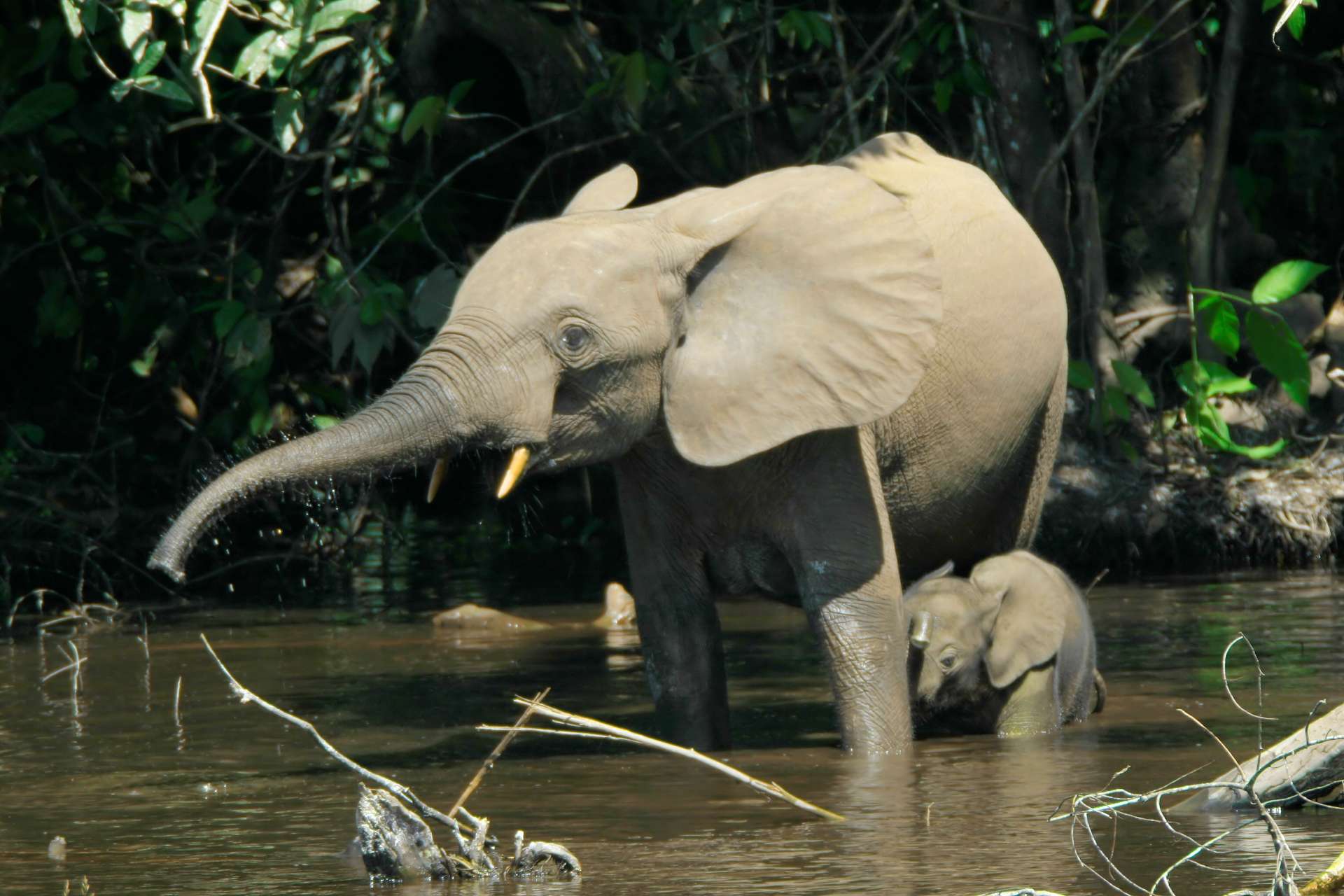
The smallest elephant, the African forest elephant, is facing severe population decline from poaching and habitat loss.
The jellyfish tree is endemic to only a single island in the Seychelles. Once thought extinct, some individuals were found growing outside their prime habitat in the 1970s. In their current range of only 2 km from the coast, the trees are unable to germinate their seeds in the wild and must be helped by humans at botanical gardens in order to reproduce.
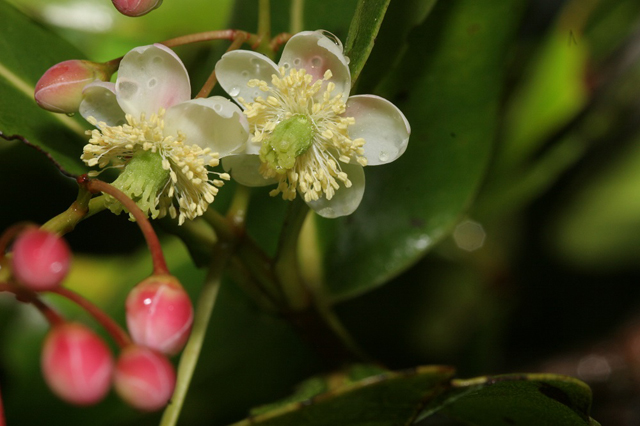
The famous Chinese Pangolin has been hunted so much that its population has declined by 80% in three pangolin generations (21 years). Over the past several decades, many countries have enacted protections for this creature. None more so than China, where it has been under the most threat.

The dromedary naiad is a freshwater mussel that was reduced to just three living specimens in the Tennessee River in 1978, and two more in the Cumberland River. Today, there are four clusters of populations, two of which are reproductive. However, from 2016-2019 there were mass die offs in one of the populations, possibly from viral infection.
